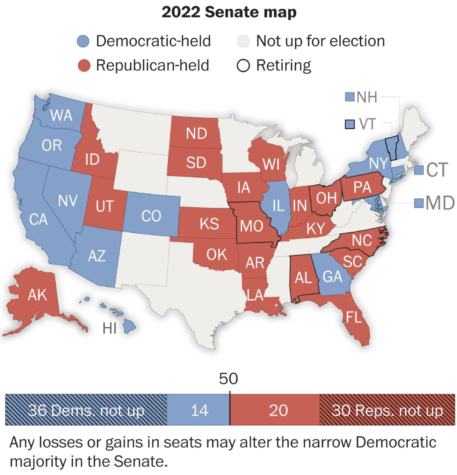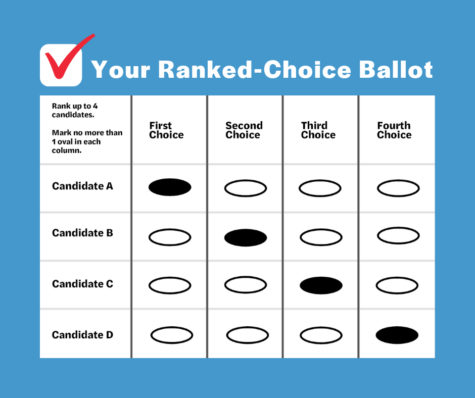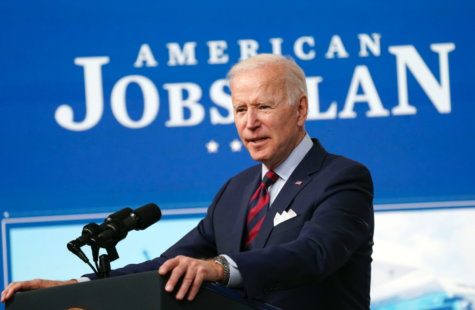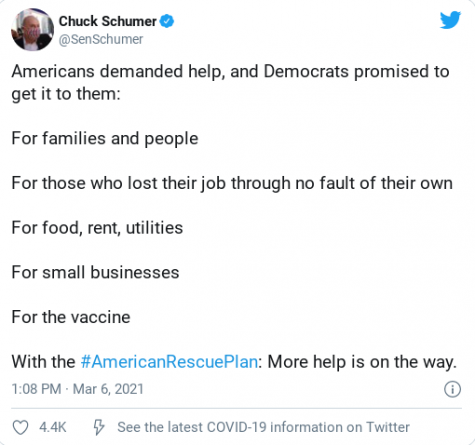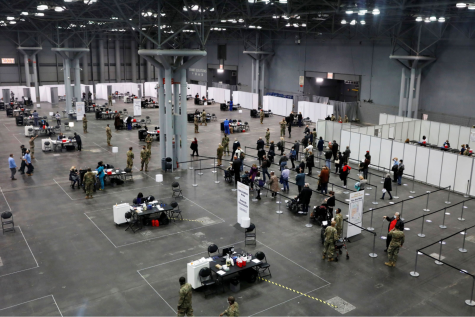Eggs and Income Inequality: A Look Into the Protests in Iran

Protesters on the streets of Tehran on Dec 30, 2017. Photo from AP.
On January 17 the Breakfast Club reconvened for its first meeting of 2018 to talk with Dr. Mehryar Sadeghi, BC Parent and opthamologist who fled Iran in 1982
after he was branded as an “intellectual” by the Ayatollah Khomeini regime, about the recent protests in Iran.
Dr. Sadeghi first started out by explaining the “astronomical” wealth inequality in Iran. Iran has eighty million people, but .05% of those eighty million people control half of the wealth in the entire country, making most people poor or middle class. A government employee lives off 150 dollars a month (which is considered a middle class), while Dr. Sadeghi’s sister-in-law recently had a haircut in Tehran that cost 350 dollars. This inequality can be seen in the Instagram account “Rich Kids of Tehran” where elite teenagers flaunt their custom-made Ferraris and Renaults, designer clothes, and lavish vacations.

From the Rich Kids of Tehran Instagram.
Dr. Sadeghi traced the extreme wealth inequality to the start of the Ayatollah Khomeini regime which was sparked from protests in 1979
(known as the Islamic Revolution) which advocated for the toppling of the American puppet Mohammad Reza Shah Pahlavi and replacing him with an Islamic Republic led by previously exiled religious leader Grand Ayatollah Ruhollah Khomeini.
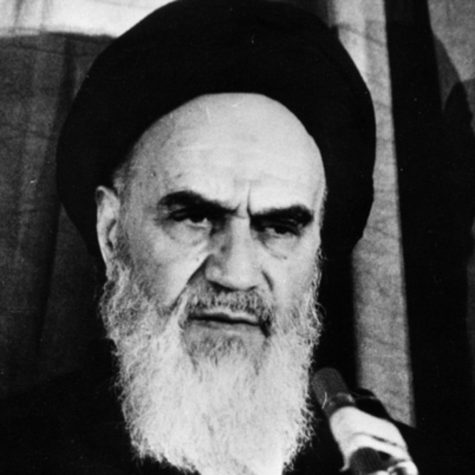
Although the Ayatollah Khomeini originally advocated for social justice and reform in the name of Allah, he quickly cracked down and instituted strict governmental policies that were intolerant of dissent. Ayatollah Khomeini centralized wealth into a few hundred families that supported him giving him more steadfast political power and control. There was also no room for dissent and many people between the ages of 30-55 were either killed or escaped.
This has led to generations of wealth inequality which is currently being perpetuated by the President Hassan Rouhani who was “elected” in 2013. Iran does not have a true democracy due to the fact that they have a Supreme Leader (Ali Khamenei) who can overrule anything and a police regime that has few checks or balances. Rouhani has broken many promises. He originally vowed to reboot the economy. He started out by signing deals with the US to curb its nuclear program in 2015 and therefore heavy sanctions were lifted. However, for working class people this was not enough–unemployment and wealth inequality remained rampant and they were still in the same impoverished situations that had plagued them for generations. Upon his re-election, he promised in his first one hundred days for reform that the working class could feel, but after one hundred days it was not there. In his 2018 budget, there are plans to give billions of dollars to the hard-line religious establishment and cutting subsidies for citizens, increasing gas prices, and privatizing schools (all of which will hurt the working class and benefit people in Rouhani’s cabinet the most), according to Dr. Sadeghi.
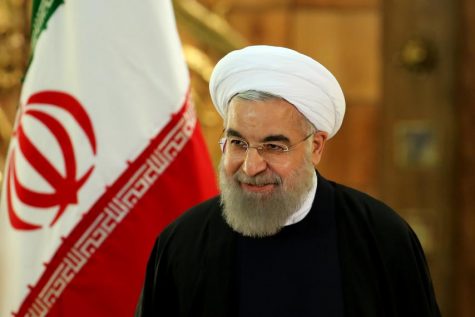
This was all happening in conjunction when the avian flu hit Iran and Iran lost about seventeen million chickens (Vox) forcing egg prices to double. Anger boiled over and protests (against both egg prices and government failures) broke out in Mashad, the second most populous city in Iran, and are led by working class people, unlike most protests in Iran which start in the capital (Tehran) and are led by educated, upper class people. Dozens have been killed and hundreds have been injured. The government quickly uses violence against the protests and Dr. Sadeghi explained that because of social media and video footage, the government can now go back and look at videos and figure out who is who and then take them in the night. Due to President Trump’s “endorsement” of the protests and their anti-government stance, the Iranian government is labelling the protesters as “pro-American” and “anti-Iranian,” according to Dr. Sadeghi, anyone who is considered pro-American is liable to being killed.
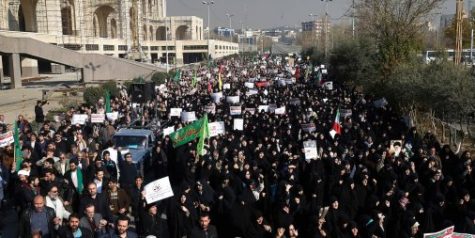
The future in Iran is uncertain, but Dr. Sadeghi spoke of how there is currently fighting within the factions of the government which could potentially lead to auto-destruction of the government.


